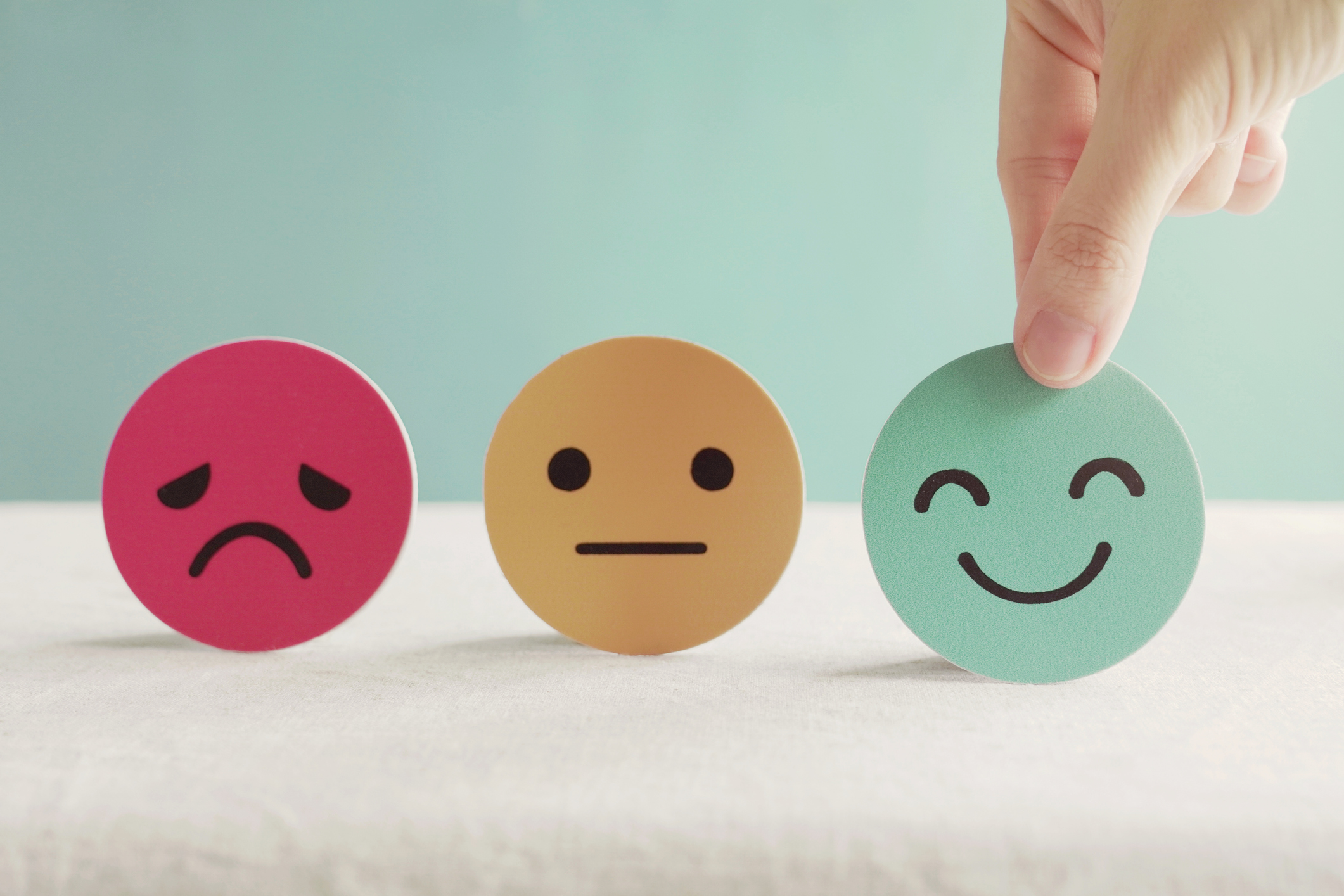“Color is a power which directly influences the soul.” – Wassily Kandinsky
This is quite true when it comes to the impact and power of colors in our everyday lives. Just take a look around you; most of the things are dominated by various color schemes and palettes. The human mind and soul is deeply connected with all types of colors and their combinations. In fact, your emotions, reactions and responses are linked to them too. Colors have a strong impact on mental health. In branding, specific shades and combinations are used to establish a connection with the target audience.
Most global corporations have used colors in brand designs to influence their customers in one way or the other. For instance yellow and red are colors that are associated with energy and passion. They immediately bring out feelings of positivity and remind a person of the good times. McDonald’s have effectively used it in its branding to spread the message of joy. This might have you wondering about the many other ways that color have an effect on our mental well-being. These are a few of them.
1. They Can Help Uplift Your Mood
There are certain warm and cool colors that can have a strong impact on the mood. When you are feeling low or experiencing the ‘blues’ as they are known, you can surround yourself with positive colors. Yellow is a very happy color and by including it in your room or work space, you will be able to instantly uplift your mood when gloomy. Other than that, violet which is found as a combination of red and blue on the color wheel can also make you feel better. This is why it is often incorporated in color schemes within homes.
Usually, people believe that the brighter the color is, the more optimistic the feeling associated with it. However, this is not always true. Sometimes, lighter and pastel colors can enhance and uplift the mood as well.
2. Build a Connection with Nature
Nature and its elements are closely related to human well-being. When you start to become close to your environment and become inclined towards nature, you automatically begin to feel at peace. Different shades and variations of green can help you connect with nature, lessen agitation and anxiety. However, when too much green is used it can be overwhelming to the eye. For this reason, businesses that deal with eco-friendly and sustainable products may also use blue to break the monotony.
Other than that, green is also associated with excitement and optimism. If you choose to have it around you, it will bring the same feeling as you get when you spend time outdoors or in nature.
3. Relieve Anxiety and Stress
You may have seen a few rooms and spaces with a lot of blue, white, gray and pastel pink. This is primarily done so that people occupying it can relieve their sudden stress or anxiety by looking at a wall or painting. You can choose to incorporate calming and soothing tones of colors in your house or anywhere you spend a lot of time. This can really improve your mental health and prevent uncertainty. When it comes to managing illnesses such as anxiety gray is actually a good choice of color to sooth the anxious. Moreover, it takes colors like red, purple and blue to help cheer them up and give them a sense of security.
4. Bring Clarity in Expression
When it comes to improvement and management of mental health, neutral colors can actually make a difference. Hues of blues and a lot of negative space in white are able to restore order and bring clarity to thoughts. Those who have trouble focusing or are constantly overthinking about small issues should surround themselves with these colors. If you include pale colors or neutrals like beige and earthy brown in the color scheme of your bedroom, you will experience a positive change in your expression. Since your thought processes will de-clutter and become clearer, you are going to feel relaxed and more confident in your ability to communicate.
5. Restores Inner Peace and Balance
There are some colors that just have an immediate impact on a person’s state of mind and mood. Pink, blue and green are a few of them. Pastel shades of pink and green are closely associated with tranquility and peace. Usually, you will see brands that cater to a female audience use such colors to represent femininity. However, these are shades that have been known to help people feel better about themselves and their surroundings. If you are having a stressful day, looking at pink within your environment could restore your inner peace and create a balance in your thinking as well.
Colors are incredibly important for both personal and professional development. When you choose to surround yourself with optimistic and positive colors, you are able to work efficiently, and enjoy peace of mind as well. Each color has its own value and while each one may not make you feel good, most will. You also need to be familiar with contrasts and combinations that appeal to the eye so that your brain is able to form a connection with them. People also associate a lot of colors with happy and pleasant memories so they can trigger such responses as well.
Feature image: istock.com/ThitareeSarmkasat


